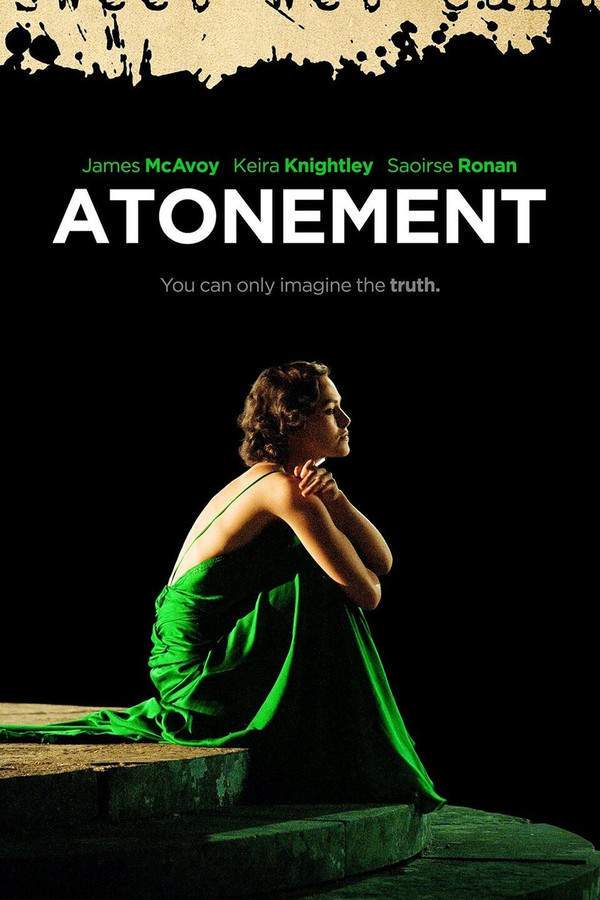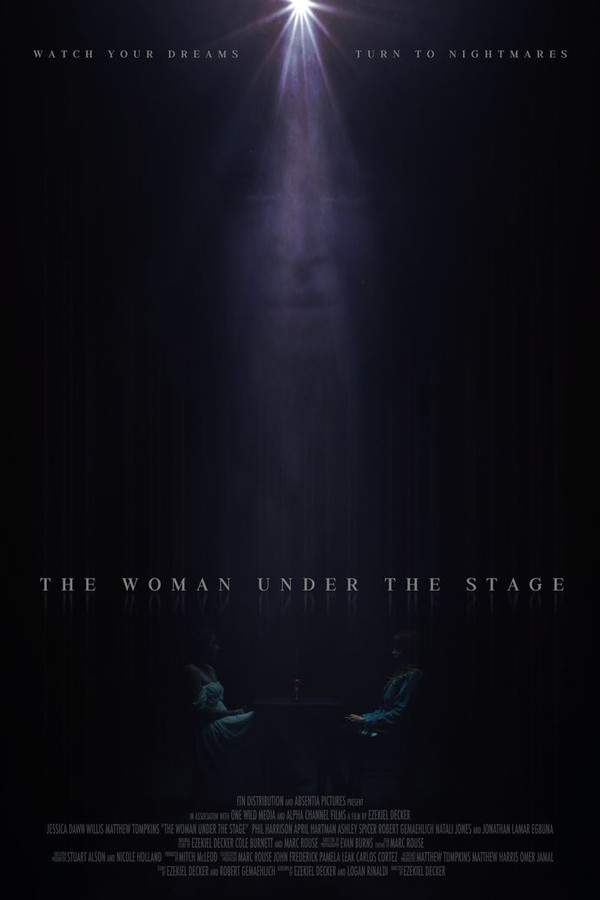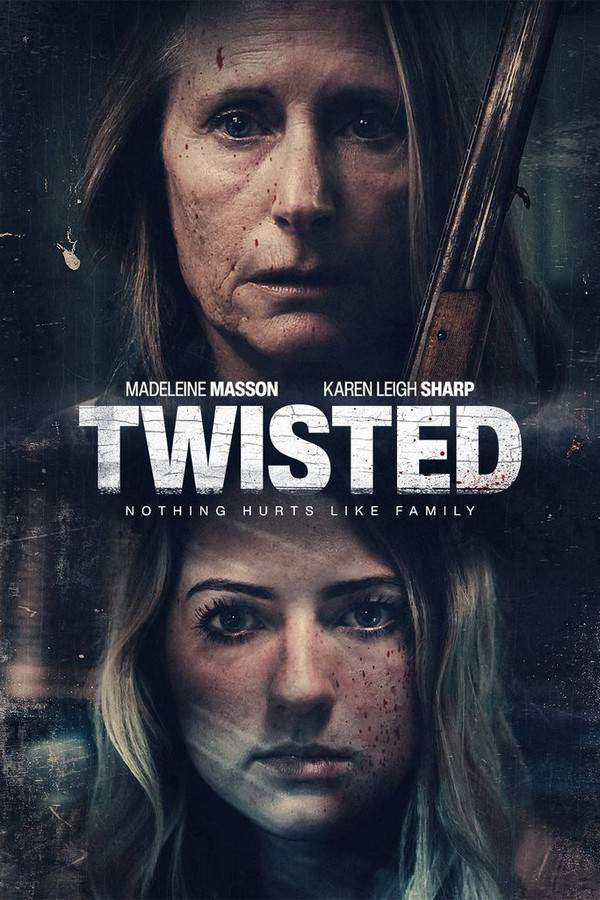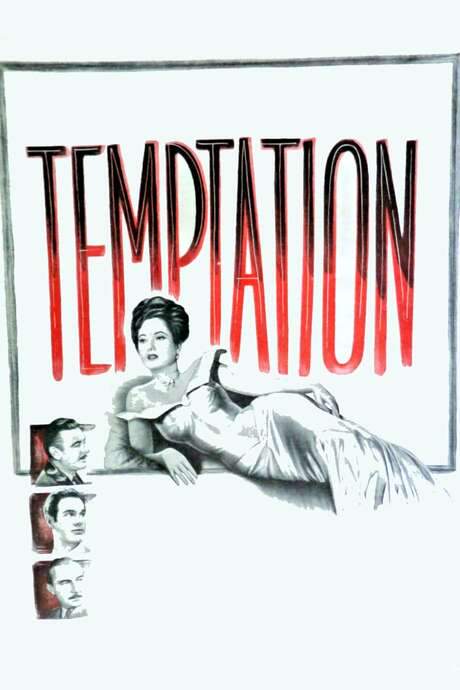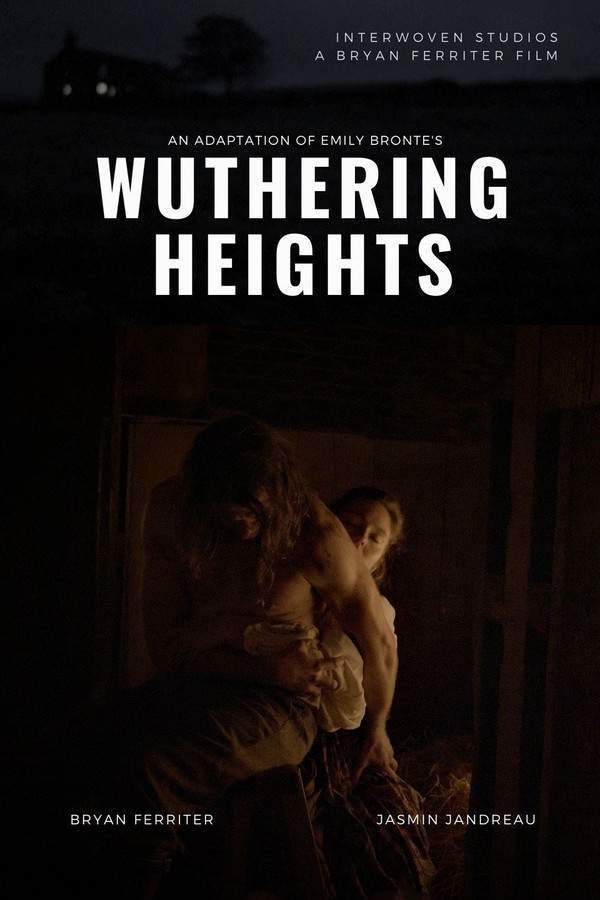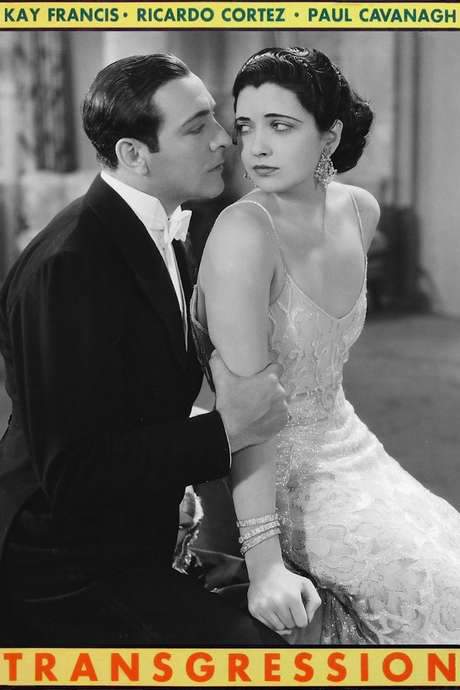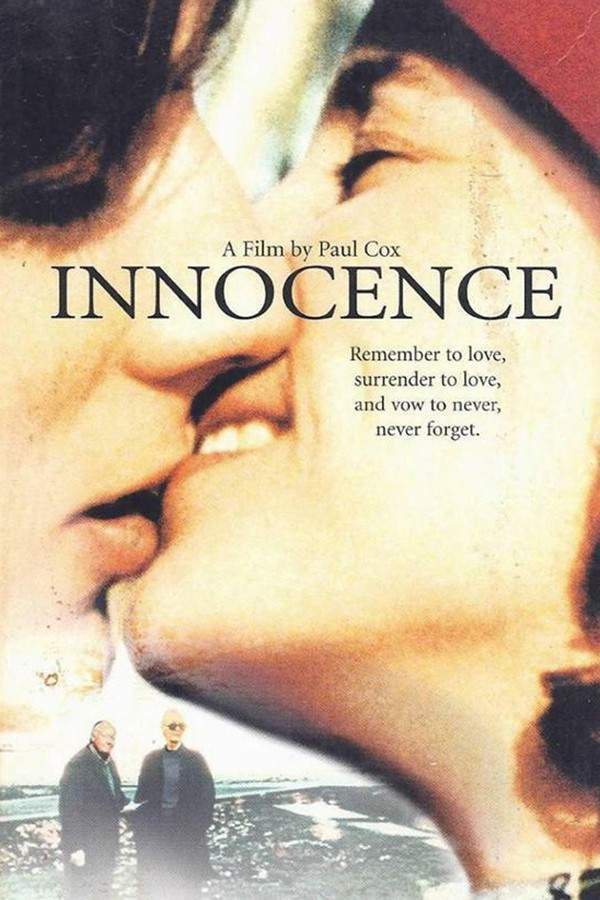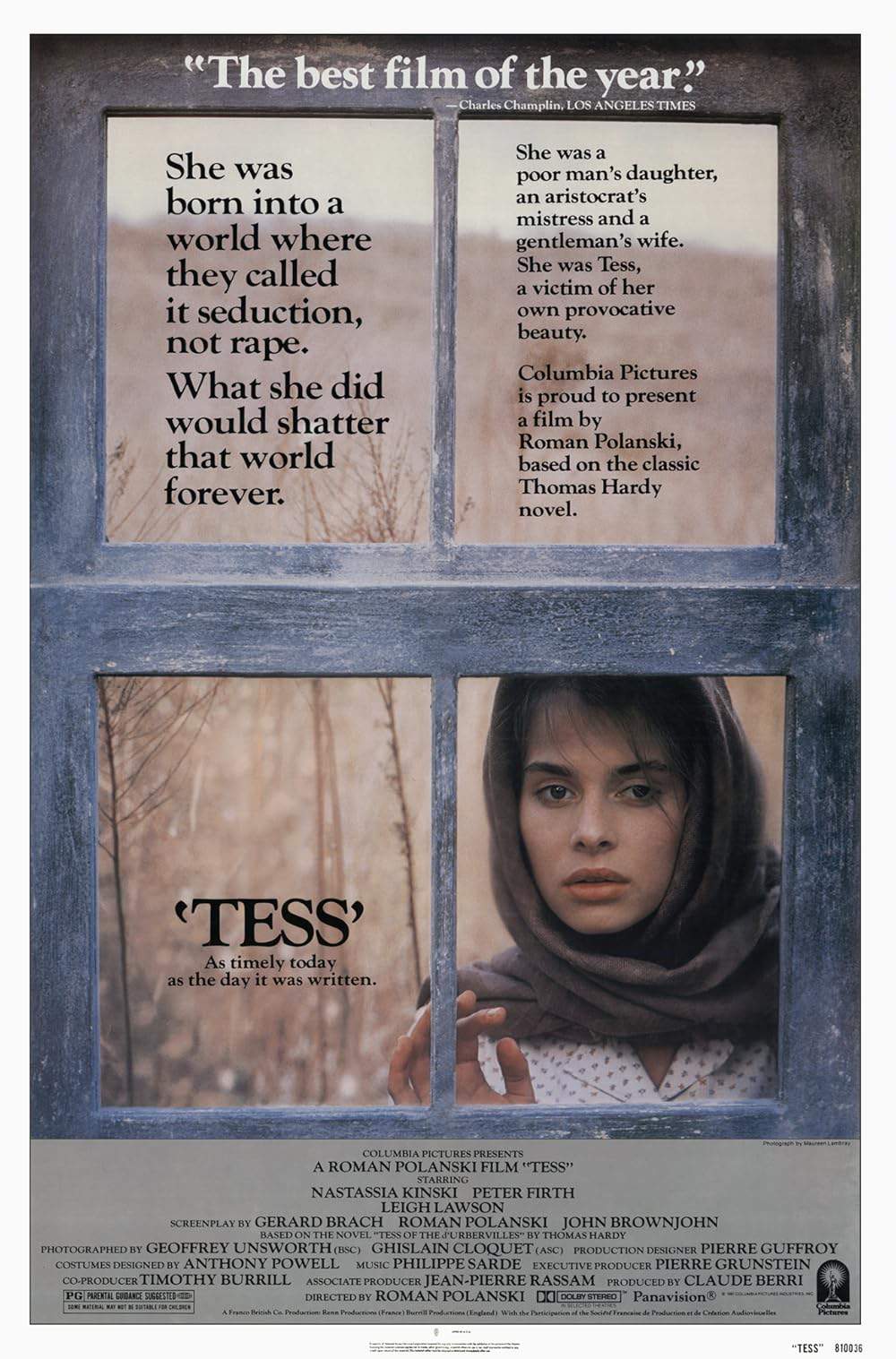
Tess
Year: 1980
Runtime: 186 min
Director: Roman Polanski
A spirited young heiress, Tess, is sent to a grand manor house hoping to uncover a familial link. As she attempts to integrate into the world of the aristocracy, she encounters complex relationships and hidden truths. The experience challenges her perspective and exposes her to the stark realities concealed behind the opulent lifestyle, ultimately leading to a loss of innocence.
Warning: spoilers below!
Haven’t seen Tess yet? This summary contains major spoilers. Bookmark the page, watch the movie, and come back for the full breakdown. If you're ready, scroll on and relive the story!
Tess (1980) – Full Plot Summary & Ending Explained
Read the complete plot breakdown of Tess (1980), including all key story events, major twists, and the ending explained in detail. Discover what really happened—and what it all means.
Set in Thomas Hardy’s Wessex during the 1880s, the tale opens with a quiet, sunlit countryside that quietly masks human peril. A local historian, Parson Tringham, uncovers a startling lineage: the Durbeyfields are believed to be descended from the noble d’Urbervilles, a dynasty dating back to William the Conqueror. This discovery isn’t just curiosity for the parson; it plants a practical, if conflicted, ambition in John Durbeyfield, a plainspoken farmer who longs to lift his family out of hardship. He and his wife decide to push their daughter Tess Nastassja Kinski toward the idea that kinship could unlock a better future, and Tess is sent to approach a nearby wealthier family with the hope of finding honest work and perhaps a seat at a manor.
At that manor, Alec d’Urberville Peter Firth and his mother dwell among borrowed prestige. They sense Tess’s naïveté and beauty, and their awareness of their own hollow status colors their actions. Alec, charming on the surface but predatory in intent, tries to win her with flattery, gifts, and the tantalizing lure of a comfortable life. When Tess resists, their power imbalance becomes crushing, and the worst of his impulses breaks through: he rapes her. The moment marks Tess’s life in a way that will shadow every decision she makes thereafter.
After that dark entanglement, Tess returns home to find herself pregnant. The baby is born frail and dies soon after, a cruel early indictment of the world that will judge her for what she cannot control. Seeking work to support her mother and siblings, Tess takes a position at a dairy, where she meets Angel Clare Leigh Lawson, a principled and hopeful young man from a respectable background who sees in her something pure and uncorrupted by city life. The two fall in love, and the promise of a life together seems possible—yet Tess withholds the truth of her past from Angel until their wedding night, when the revelation shatters his certainty and he withdraws, unable to reconcile Tess’s history with the future he envisioned.
Left to cope with poverty and social stigma, Tess faces a hard choice: she returns to Alec to survive and to protect her family. The grim calculations of need pull her back into that unsafe bond, even as Angel, chastened and remorseful after his failed idealism, returns from abroad and attempts to make amends. He tracks Tess down, only to discover she is living with Alec. The weight of the past bears down—Tess realizes that returning to Alec has ruined any chance of happiness with Angel. In a moment of desperate resolve, she murders Alec to sever the cycle of coercion that has dominated her life.
Fleeing to find Angel, Tess and Angel finally reunite, and this time he can accept her without moral judgment. They marry and share a fleeting happiness, two nights of peace on the run from justice. But their fragile idyll ends when Tess is found sleeping near Stonehenge and is captured. The closing note of the narrative is stark: she is convicted of murder and hanged, a powerful reminder of the social codes and personal costs that define the tragedy.
Throughout the story, the harsh realities of class, tradition, and choice weigh heavily against Tess, even as she exhibits resilience, courage, and a quiet dignity. The film paints a portrait of a woman navigating a world that refuses to forgive her past, while also showing moments of tenderness, love, and a longing for a life free from judgment. The landscape of Wessex—its fields, farms, and stone circles—mirrors Tess’s own interior terrain: a quest for dignity in a society that too often denies it.
Last Updated: October 10, 2025 at 16:04
Unlock the Full Story of Tess
Don't stop at just watching — explore Tess in full detail. From the complete plot summary and scene-by-scene timeline to character breakdowns, thematic analysis, and a deep dive into the ending — every page helps you truly understand what Tess is all about. Plus, discover what's next after the movie.
Tess Timeline
Track the full timeline of Tess with every major event arranged chronologically. Perfect for decoding non-linear storytelling, flashbacks, or parallel narratives with a clear scene-by-scene breakdown.

Similar Movies to Tess
Discover movies like Tess that share similar genres, themes, and storytelling elements. Whether you’re drawn to the atmosphere, character arcs, or plot structure, these curated recommendations will help you explore more films you’ll love.
Explore More About Movie Tess
Tess (1980) Scene-by-Scene Movie Timeline
Tess (1980) Movie Characters, Themes & Settings
Tess (1980) Spoiler-Free Summary & Key Flow
Movies Like Tess – Similar Titles You’ll Enjoy
Tess of the D’Urbervilles (1998) Spoiler-Packed Plot Recap
Tess of the Storm Country (1914) Full Movie Breakdown
Tryst (1994) Complete Plot Breakdown
Atonement (2007) Ending Explained & Film Insights
Beatrice (1987) Film Overview & Timeline
Tenderness (2009) Complete Plot Breakdown
The Woman (2011) Film Overview & Timeline
Twisted (2004) Detailed Story Recap
Teenage Seductress (1975) Full Movie Breakdown
Temptation (1946) Complete Plot Breakdown
Wuthering Heights (2012) Plot Summary & Ending Explained
Transgression (1931) Spoiler-Packed Plot Recap
Innocence (2001) Full Summary & Key Details
Victim of Love (1991) Film Overview & Timeline
Unforgettable (2017) Plot Summary & Ending Explained






